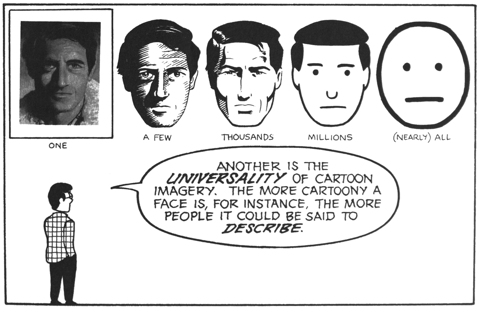Edward Tufte on Windows Phone 7:
The WP7S interface has an extra sequence/layer added by big-button opening screens for the new ways of organizing stuff. Compared to the IPhone, most of the WP7S organizing screens have lower content resolution, which violates flatness and leads to hierarchical stacking and temporal sequencing of screens. In day-to-day use, maybe the panorama screens will solve the stacking/sequencing problem, or maybe they will just clutter up the flow of information. Of course Microsoft’s customers are already familiar with deep layerings and complex hierarchies.
I thought similar things when I watched a handful of demos of the new Windows mobile OS. It’s definitely different, un-iPhone, for lack of a better term, but not different in a good way.
It looks like a shell for an eventual mobile operating system, a working wireframe if you will.
On this note, Tufte nails it on the flatness and confusing ‘openness’:
The WP7S screens look as if they were designed for a slide presentation or for a video demo (to be read from a distance) and not for a handheld interface (read from 20 inches). For example, the headline type is too big, too spacious. One design lesson here is that most interface design work should be done at actual final scale and all internal demos should be on actual hardware rather than on pitch slides or big monitor screens. After all, users see the interface only at actual size, and so should interface designers, their managers, and so on up the management chain.


